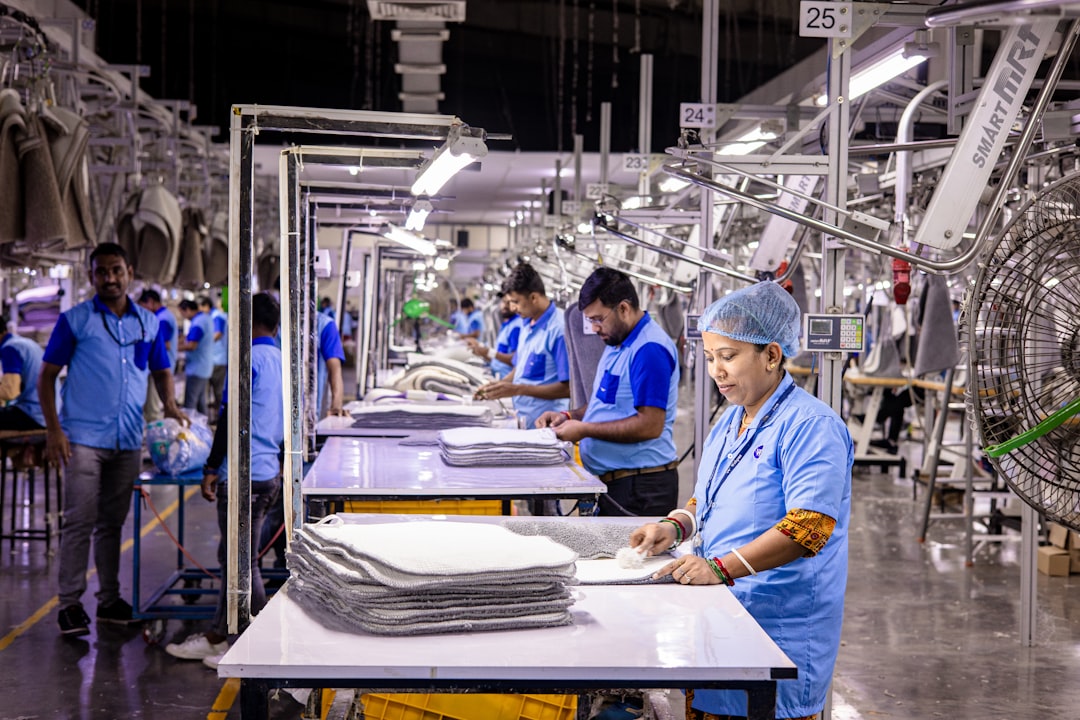Navigating the complex world of European Norms (EN) standards can be daunting for manufacturers. These standards, developed by the European Committee for Standardization (CEN), dictate essential safety, performance, and quality requirements for a vast range of products. Meeting these standards isn’t just a box to tick; it’s crucial for market access, brand reputation, and customer trust. This comprehensive guide will help you understand the process of manufacturing to meet EN standards.
1. Identifying Relevant EN Standards for Your Product
The first step in achieving EN compliance is identifying which standards apply to your specific product. This isn’t always straightforward, as the sheer number of EN standards is vast and covers numerous sectors. You’ll need to thoroughly research the relevant product categories and directives. The official CEN website is a valuable resource, allowing you to search by keyword or product type. Consider consulting with industry experts or standards specialists if you’re unsure. Failing to identify all applicable standards can lead to costly rework or even market rejection later in the process.
For example, a manufacturer of electrical appliances will need to comply with standards related to electromagnetic compatibility (EMC), low-voltage directives (LVD), and potentially others depending on the specific functionality of the appliance. A construction materials manufacturer will have a completely different set of relevant EN standards concerning safety, fire resistance, and structural integrity. This initial research is critical and forms the foundation for your compliance strategy.
2. Implementing a Robust Quality Management System (QMS)
Meeting EN standards isn’t just about adhering to specific technical requirements; it’s about establishing a comprehensive quality management system (QMS). A well-structured QMS ensures consistent product quality, traceability, and continuous improvement. Many EN standards are directly linked to or influenced by ISO 9001, the internationally recognized standard for quality management. Implementing an ISO 9001-compliant QMS provides a strong framework for meeting numerous EN standards simultaneously.
Key elements of a robust QMS include: documented processes, regular audits, corrective and preventive actions (CAPA), employee training, and ongoing monitoring of key performance indicators (KPIs). This systematic approach ensures that your manufacturing process consistently produces products that meet the required standards. Thorough documentation is crucial for demonstrating compliance to auditors and regulatory bodies.
3. Rigorous Testing and Verification Procedures
Once your manufacturing process is in place, rigorous testing is paramount. EN standards often outline specific testing procedures and acceptance criteria. These tests might involve physical measurements, performance evaluations, safety checks, or environmental simulations, depending on the product and the applicable standards. You might need to conduct internal testing, or, for certain standards, you may be required to use accredited third-party testing laboratories.
Accurate record-keeping is essential during this phase. All test results, including deviations from expected values, must be meticulously documented. This documentation serves as evidence of compliance and will be reviewed during audits. Investing in appropriate testing equipment and training personnel in proper testing procedures is a vital part of ensuring accurate and reliable results.
4. Securing Necessary Certifications and Declarations of Conformity
For many EN standards, obtaining certification from a notified body is mandatory. Notified bodies are independent organizations accredited to assess and certify compliance with specific EN standards. The process typically involves an initial audit of your QMS and manufacturing process, followed by product testing and ongoing surveillance audits. Certification demonstrates to customers and regulatory authorities that your products meet the required standards.
Even if certification isn’t mandatory, issuing a Declaration of Conformity (DoC) is often required. A DoC is a formal statement by the manufacturer that their product complies with the relevant EN standards. This declaration should be based on thorough testing and documentation. The DoC usually includes details about the product, the applicable standards, and the manufacturer’s contact information.
5. Continuous Improvement and Staying Updated on EN Standards
Meeting EN standards isn’t a one-time achievement; it’s an ongoing process. Standards are regularly updated to reflect technological advancements and evolving safety requirements. Staying abreast of these changes is crucial to maintaining compliance. Regularly review updates to relevant EN standards and incorporate any necessary changes into your QMS and manufacturing processes. Participating in industry events and subscribing to relevant newsletters can help you stay informed.
Continuous improvement should be ingrained in your manufacturing culture. Regularly analyze your processes, identify areas for improvement, and implement corrective actions to enhance product quality and efficiency. This proactive approach not only ensures compliance but also contributes to overall business success.
By diligently following these steps, manufacturers can effectively navigate the complexities of EN standards and establish a robust foundation for producing high-quality, compliant products. Remember, compliance is not just a legal obligation; it’s a commitment to quality, safety, and customer satisfaction.
SEO Tags:
- EN Standards Manufacturing
- European Norms Compliance
- ISO 9001 and EN Standards
- Product Certification EN Standards
- Manufacturing Quality Management EN




